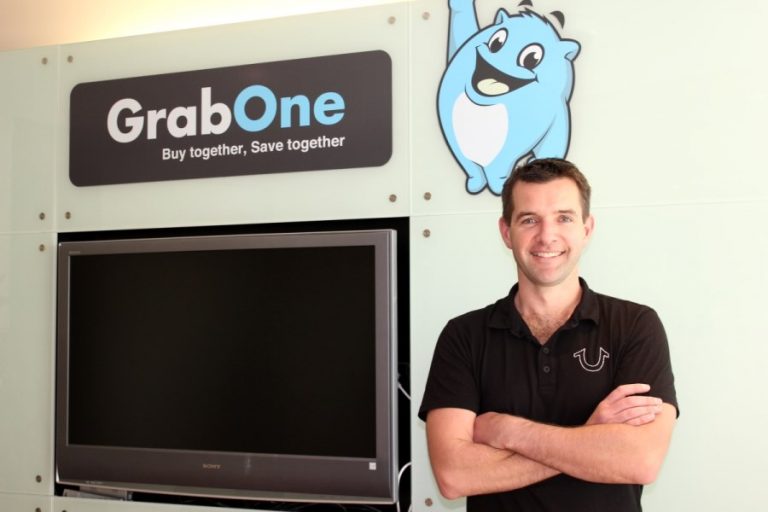10 ways to tell if your price is too low

Pricing strategy, part of your sales and marketing strategy, is key to growing your sales. Sell too high, and you could price yourself out of the market. Sell too low, and you could be leaving money on the table. In this article we look at 10 ways to tell if your price is too low.
We often meet business owners who have very similar questions around pricing:
- How much should I charge?
- How much is too much to charge?
- What is the minimum threshold I should be charging?
Essentially, you need to be covering your costs and then some. The ‘some’ means that each sale delivers your business a good enough level of profit that you can:
- Cope with fluctuations in sales (especially important if you’re a seasonal business)
- Cope with moderate changes in exchange rates (if you’re selling overseas)
- Comfortably set aside funds for a rainy day (think 3 months, as a minimum)
Every business needs to stay healthy and functional through any ups and downs in a given period. You need to be charging enough that you can sensibly put aside funds to cover for this.
There are lot of interesting numbers your accountant can help you understand from your accounts. If you’d like more information about what your business numbers really mean, best to book a meeting with your accountant or business advisor.
From a sales growth perspective, there’s an art to pricing strategy, to getting your pricing just right.
We often see two common problems with pricing, for businesses across all industries:
- One – They are charging too little
- Two – It’s often been quite some time since they last increased their prices.
Here are 10 potential signs that your price is too cheap.
1) You win almost 100% of sales you quote for
If you’re winning most sales you quote for, chances are that your prices are so cheap that they’ve almost fallen off the left-side of the bell curve for your industry. It’s healthy and normal to have some customers say ‘No’ due to the price being a little too high. If you’re hearing a few ‘No’s’, it means your pricing is probably about right.
Of course, if you’re hearing ‘No’ all the time, probably time to consider whether you need a price reduction, or more importantly, whether you’re truly selling the value of what you deliver so that customers are prepared to pay a little more for it.
2) There is little or no push-back on pricing when you’re negotiating sales
Do any potential customers ever comment on your prices?
Do they say that your price is too high, and ask you to lower it?
If there’s little or no push-back, there’s probably room for a price increase.
3) Customers are often surprised at your low cost
This is a telling one. If customers are surprised, especially if they are jaw-droppingly close to fainting, your price is too low.
4) You are hardly making any profit
This one goes without saying. You need to be making enough profit that you can withstand fluctuations or unexpected sick leave or any other unforeseen circumstances in your market.
5) You can no longer cover the cost of overheads/materials required to create your products/deliver your services
If you are no longer covering your basic overheads/materials, then you are making a loss and going into negatives with your accounts. Even for a social enterprise, this is most definitely not what you went into business for.
6) You are not making enough money to grow your business
Growth takes money, it takes investment. You might need to invest in new equipment, new staff, or more of the same. Whatever it is, you’ll need some money set aside so that you have growth options. If your price is too low, it will be hard to work towards growth goals.
7) You’re charging less than your competitors
Charging less than your competitors could work briefly as a customer acquisition strategy when you’re just getting started. However, it’s not sustainable if you’re always at the bottom of the pricing levels for your industry. All it takes is an increase in costs, or the arrival of a bigger player with better buying power, for your business to be threatened.
If you can’t get work without dropping your prices, you’re probably not demonstrating enough value to convince customers to purchase from your business.
8) You’re charging less than your competitors and delivering much more value
This is a double whammy. You’re not charging enough, and you’re doing a much better job! For a special, one-off promotion, this is probably okay. If your business is struggling with profitability, you are clearly leaving money on the table, and this is probably something that needs to be looked at.
9) You provide a unique, specialist product/service – but your prices are in line with commoditised solutions
If your product/service is in a niche market, especially an expensive, complex market, you can afford to charge more, and keep your customers happy. Personalisation costs. Most customers will appreciate the value you deliver.
10) You’re still not paying any GST after multiple years in business
The threshold for GST in New Zealand is a turnover of $60K per year. If you’re working full-time on your business and aiming to make a decent living, qualifying to pay GST is a healthy sign of good business growth. In any country, the longer you go before having to pay any taxes, the longer you are potentially struggling with low pricing.
















